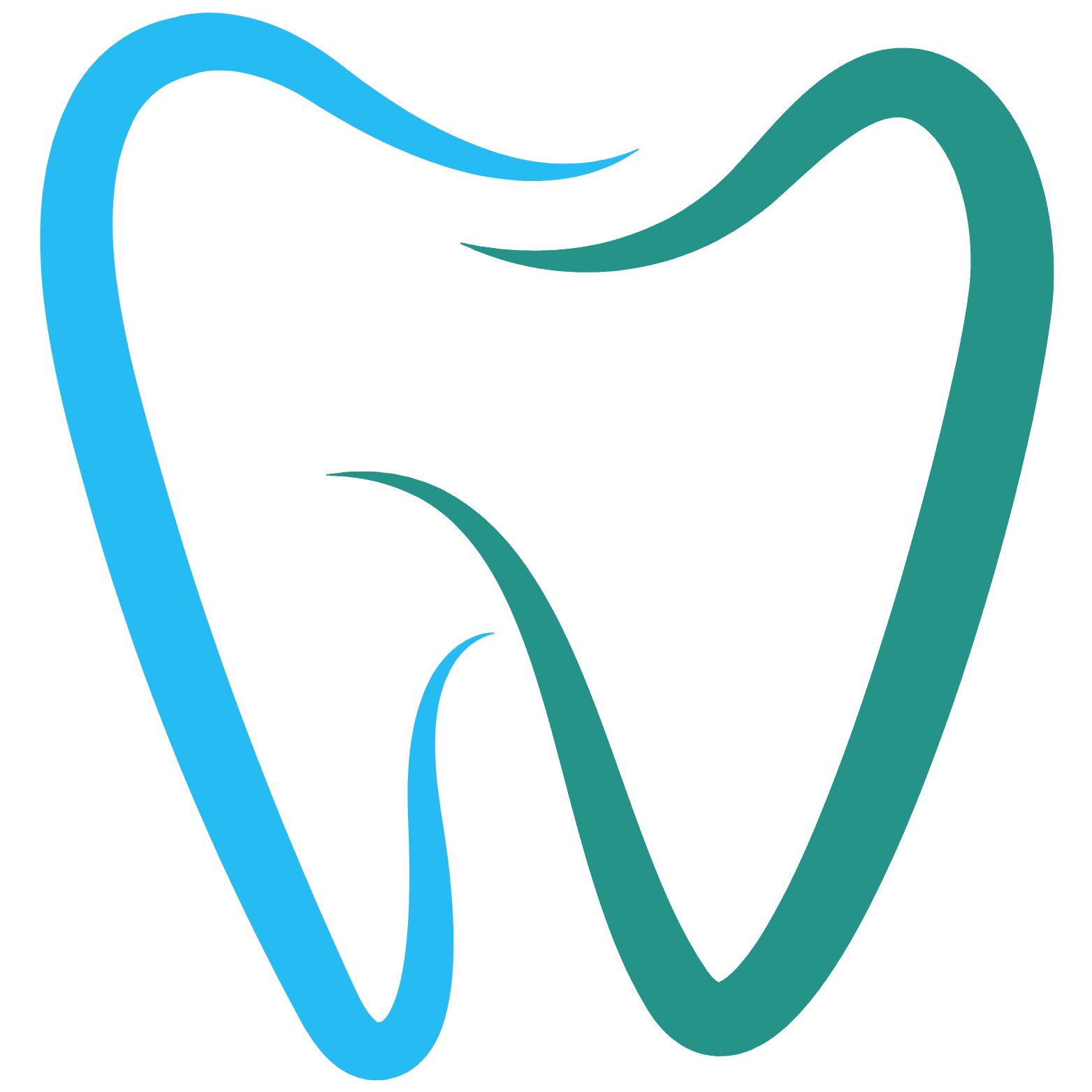
A Friendship Built on Expertise and Trust

Comprehensive Oral & Maxillofacial Care
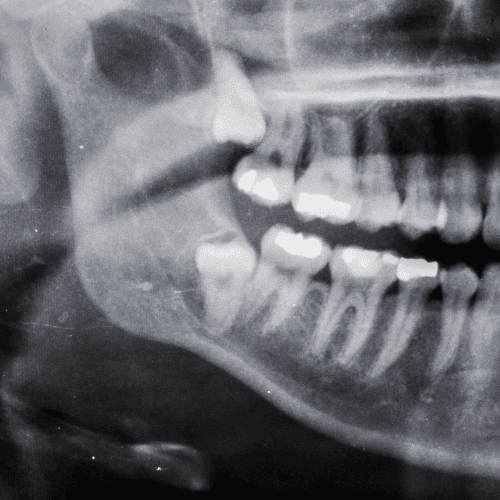
Wisdom Teeth Extraction
Wisdom teeth extraction is a common dental procedure that involves the removal of one or more of the third molars, located at the back of the mouth. These teeth typically emerge in late adolescence or early adulthood, often causing discomfort or complications due to a lack of space in the jaw. Many people experience impaction, where the wisdom teeth do not fully erupt through the gums, leading to pain, swelling, and potential infections. In other cases, the teeth may be misaligned, causing crowding or damage to adjacent teeth. Wisdom teeth that are impacted often need to be extracted.
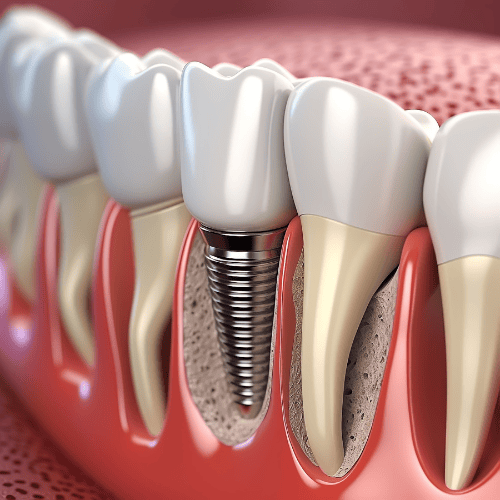
Dental Implants
Fillings, crowns, and other treatments to restore teeth affected by cavities or trauma.
Dental implants are a highly effective and long-lasting solution for replacing missing teeth. Unlike traditional dentures or bridges, implants are designed to function and feel like natural teeth. The procedure involves the placement of a titanium post into the jawbone, which serves as an artificial root for the new tooth. Over time, the bone fuses with the implant in a process known as osseointegration, ensuring a secure and stable foundation for the replacement tooth. Once the implant has fully integrated with the bone, a crown is placed on top, completing the restoration. Implants are known for their durability and ability to restore both function and appearance, making them a popular choice for individuals who want a permanent solution to missing teeth. They also help preserve the integrity of the jawbone, as the implant stimulates bone growth and prevents the bone loss that can occur when a tooth is missing.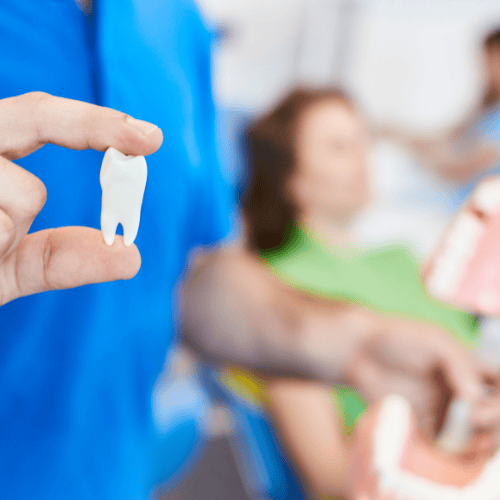
Extractions
Oral & Maxillofacial Surgeons are trained to handle more complicated extractions, where the tooth is impacted, severely broken, or located in a difficult-to-reach area. But Oral Surgeons can also help ensure even the most routine extraction goes smoothly and safely. If you plan to replace the missing tooth with a dental implant, we also have specialized techniques to make sure their is enough bone for the implant after the extraction. Often times we can place an immediate implant at the time of the extraction to save you months of the healing process!
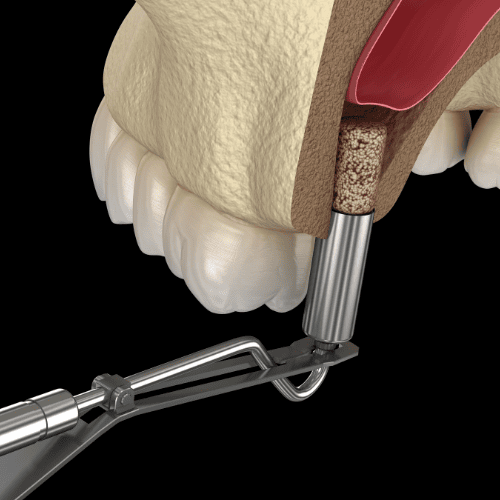
Sinus Lifts
A sinus lift, also known as a sinus augmentation, is a surgical procedure performed by an oral surgeon to increase the amount of bone in the upper jaw, particularly in the area of the molars and premolars. This procedure is often necessary for patients who are considering dental implants but have insufficient bone height in the upper jaw due to bone loss or other factors. The maxillary sinuses, located above the upper teeth, are often close to the jawbone. When bone loss occurs, especially after losing teeth, the available bone may not be adequate to support dental implants.
During a sinus lift, the oral surgeon carefully lifts the sinus membrane and adds bone graft material into the space where the sinus used to be. This bone graft material can be sourced from the patient’s own body, a donor, or synthetic materials. Over time, the new bone integrates with the existing bone, providing a solid foundation for dental implants.

Bone Grafting
Bone grafting is a surgical procedure that involves adding bone material to areas of the jaw that have experienced bone loss. This procedure is commonly performed by an oral surgeon to rebuild and strengthen the jawbone, creating a stable foundation for dental implants, bridges, or dentures. Bone loss can occur for various reasons, including tooth loss, injury, gum disease, or the natural aging process. When there is insufficient bone mass in the jaw, it can make it difficult or impossible to place dental implants, which require a solid and healthy bone structure to be successful. During a bone grafting procedure, the oral surgeon will place bone material into the area where the bone is deficient. The graft material may be taken from the patient’s own body (autograft), a donor (allograft), or synthetic or animal-based materials (xenograft or alloplastic). Over time, the graft material integrates with the existing bone, allowing it to grow and strengthen. Depending on the extent of the bone loss, the procedure can be done in various locations, such as the area surrounding the upper or lower jaw, or near the sinus cavities.

Botox/Dysport
Botox is a neuromodulator that temporarily relaxes the muscles responsible for causing wrinkles and fine lines, particularly around the forehead, eyes, and mouth. By injecting small amounts of Botox into targeted muscles, the treatment smooths the skin, reducing the appearance of dynamic wrinkles—those caused by facial expressions such as smiling, frowning, or squinting. Botox is most commonly used to treat crow's feet, forehead lines, and frown lines between the eyebrows. The results typically last three to six months, after which the treatment can be repeated to maintain a youthful, refreshed appearance. Botox is also being used to treat other conditions such as temporomandibular joint dysfunction, chronic migraines, and bruxism.

Lip Filler
Lip filler is a popular procedure for facial esthetics. Made primarily of hyaluronic acid, a substance naturally found in the body, lip fillers enhance the size and contour of the lips while also improving hydration and elasticity. This treatment is ideal for those who want fuller, more balanced lips or for individuals experiencing volume loss due to aging. The results of lip filler treatments are typically immediate, though the full effect can take a few days to settle. Depending on the specific filler used, the results can last from six months to a year or more before touch-ups are needed
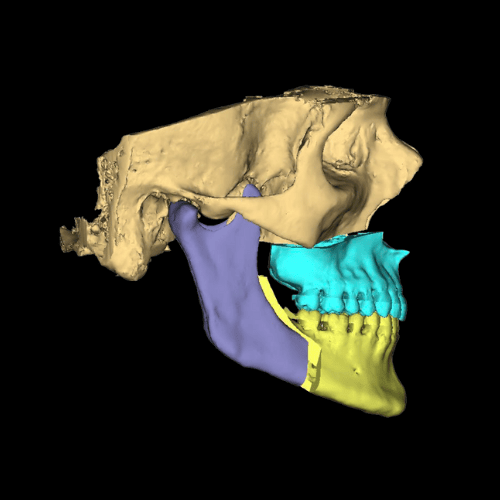
Orthognathic/Jaw Surgery
Orthognathic surgery, also known as jaw surgery, is a corrective surgical procedure aimed at realigning the jaw and facial structures to improve function and appearance. This type of surgery is typically recommended for individuals who have severe misalignment or deformities of the jaw that cannot be corrected with braces or other non-surgical methods. In addition to improving facial aesthetics and dental function, orthognathic surgery is commonly used to treat certain medical conditions, such as obstructive sleep apnea (OSA).
In cases of sleep apnea, orthognathic surgery can be a highly effective treatment for individuals whose airway obstruction is caused by the position or structure of the jaw.
The surgical process typically involves repositioning the upper and/or lower jaw to a more ideal position. This may be done with the help of bone cuts and the use of plates and screws to stabilize the jaw after repositioning.

Rhinoplasty
Functional rhinoplasty is primarily concerned with improving the function of the nose, particularly when there are breathing difficulties due to structural issues. This could include problems such as a deviated septum, nasal polyps, or other obstructions that impair airflow.
Cosmetic rhinoplasty, on the other hand, focuses on improving the appearance of the nose to enhance facial harmony and aesthetic balance. This procedure can address a wide variety of concerns, such as a prominent hump on the nose, wide nostrils, asymmetry, or a drooping nasal tip.
In many cases, patients may choose to undergo both functional and cosmetic rhinoplasty at the same time. For example, someone with a deviated septum and nasal congestion may also wish to improve the aesthetic appearance of their nose. Combining the two procedures provides the benefits of both improved breathing and enhanced appearance in a single surgery.
We understand that surgery can be intimidating, but Dr. Aj and Dr. Steve’s warm, friendly demeanor will help you feel at ease. Whether you’re here for a routine procedure or a more complex surgery, you can count on us for clear communication, expert care, and a personal touch.
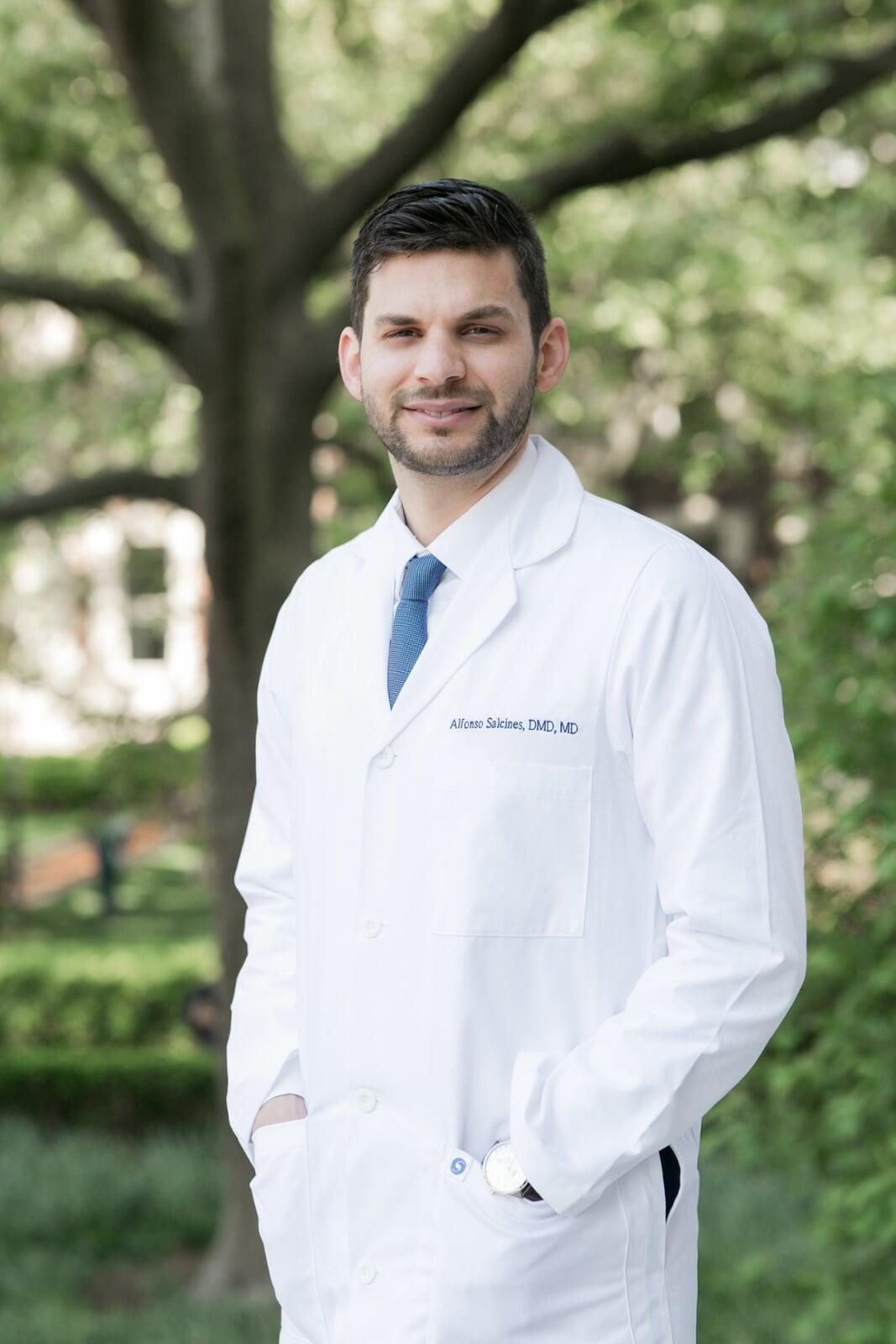
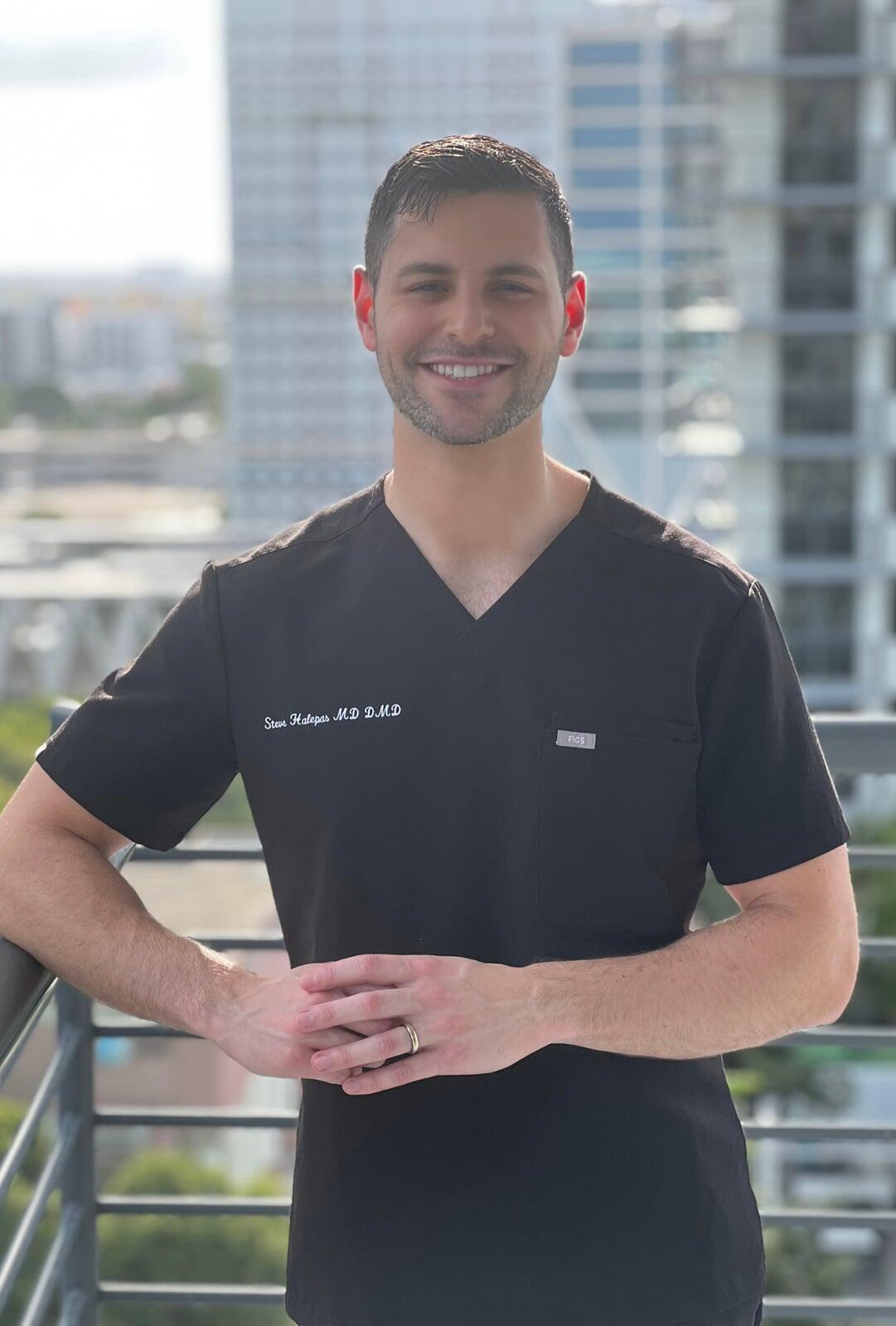
Professional Association
- American Board of Oral and Maxillofacial Surgeons (ABOMS)
- American Academy of Cosmetic Surgery (AACS)
- American Association of Oral and Maxillofacial Surgeons (AAOMS)
Resident and Associate Society Liaison Representative, Oral Maxillofacial Advisory Council, American College of Surgeons (RAS-ACS)
- American Medical Association (AMA)
- Florida Medical Association (FMA)
- American Dental Association (ADA)
- Florida Dental Association (FDA)
Academic Affiliations
- Adjunct Faculty, College of Dental Medicine, Nova Southeastern University, Davie, FL
Hospital Affiliations
- HCA Mercy Hospital, Miami, FL
Why Choose Us?
- Personalized Care: We take the time to get to know each patient and develop treatment plans that best suit their needs.
- A Friendly, Caring Atmosphere: With our shared commitment to your comfort, you’ll feel right at home in our practice.
- Expertise You Can Trust: Dr. Aj and Dr. Steve’s combined years of training and experience ensure that you receive the highest quality care available.
- Relaxed Experience: At our practice, Dr. AJ and Dr. Steve prioritize your comfort by offering safe sedation options, ensuring a relaxing and stress-free experience, all while maintaining certification in Basic Life Support (BLS), Advanced Cardiac Life Support (ACLS), and Pediatric Life Support (PALS) for your safety.
Schedule Your Consultation Today
We’re here to answer your questions, provide expert guidance, and help you feel confident in your treatment options. To schedule your consultation, please call us or use our online booking system.
Let Dr. Aj and Dr. Steve take care of your smile and health – we’re honored to serve the South Miami community!
